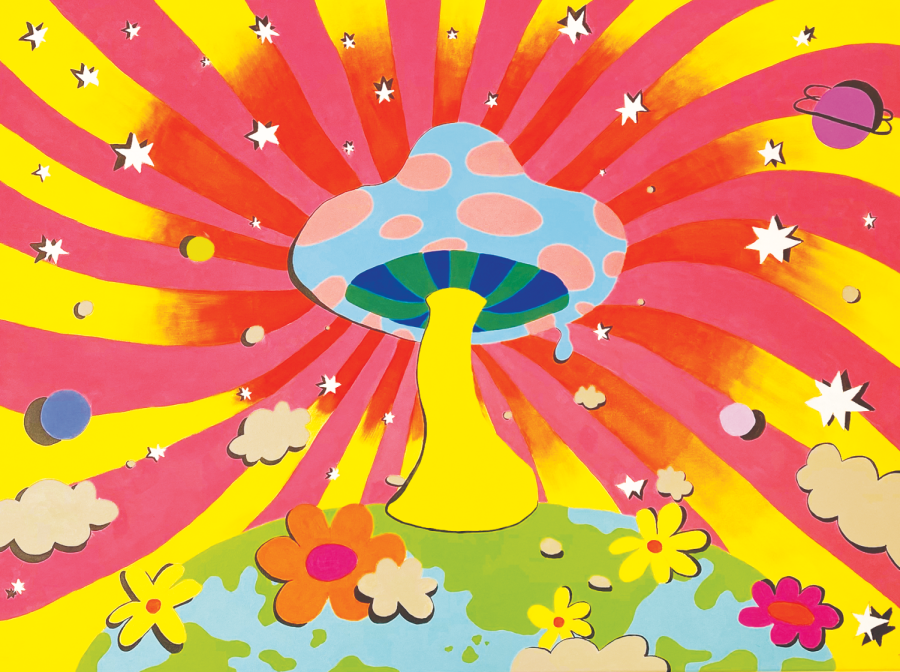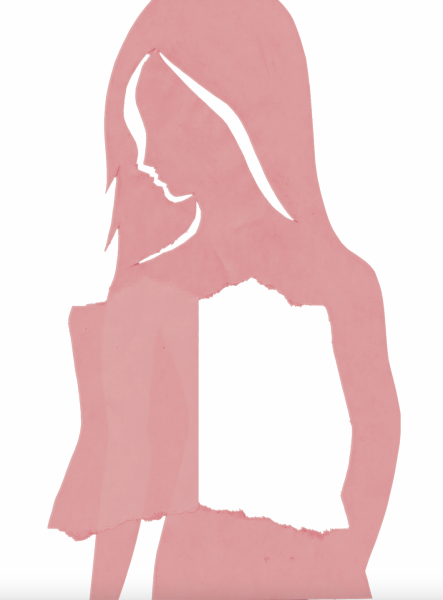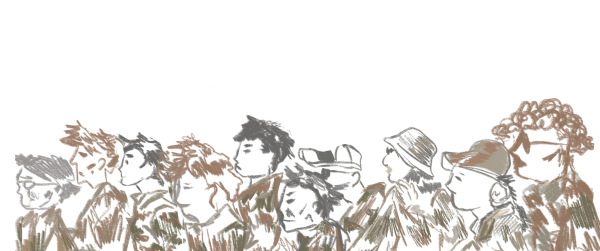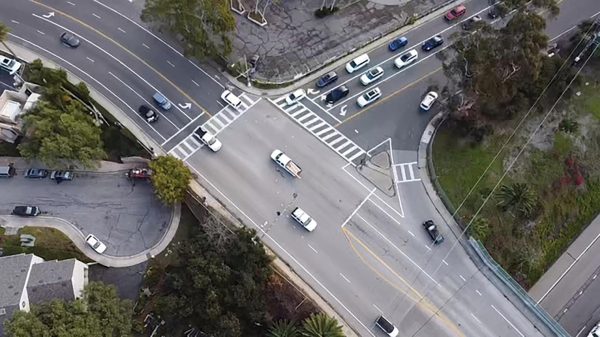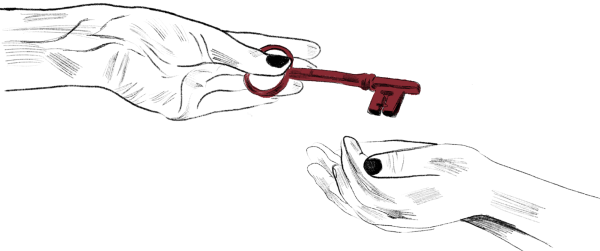Turn On, Tune In, Drop Out
The use of psychedelic drugs is ramping up in Santa Barbara. One catch: it’s still technically illegal.
February 9, 2023
The year is 1967 and Timothy Leary, a psychologist, is speaking with an audience at MIT about his research investigating the possible benefits of mind-altering drugs such as LSD and psilocybin.
Through experiments with psychedelics, Leary claimed to have discovered a “new way of life,” seeing the drugs as a pathway t o a society where people could live life to the fullest for the first time.
o a society where people could live life to the fullest for the first time.
Although the future of psychedelics seemed promising, there was also danger.
“It’s a dangerous chemical; you have to know how to use it,” Leary said, referring to LSD.
After the government spent many laborious years researching psychedelic drugs; the lab investigations, trials, and funding halted.
The U.S. Justice Department determined that psychedelic drugs had “a high potential for abuse.” The once hopeful future of psychedelics had turned bleak.
The debate about whether or not society would benefit from harnessing the power of psychedelic drugs is just as prominent today as in the 1960s.
“What we don’t realize,” said psychology instructor Meghan Roarty, “is that we use drugs all the time to treat people medically and people with mental illness.”
Society’s perspective on psychedelic drugs is changing, and the regulations surrounding them are evolving.
As a new resurgence has bloomed, it is not benign to wonder whether or not the United States will rethink its decision of making psychedelics illegal.
Most of this comes from the encouragement of the legalization of psilocybin, a psychedelic drug derived from mushrooms.
“Something like psilocybin is going to alter the way you use different parts of your brain, and open up new pathways,” said Roarty.
Oregon has effectively ended the criminalization of psilocybin, which is compelling evidence that views on psychedelic drugs are changing.
Psychedelic drugs like psilocybin have helped many people struggling with mental illness.
“If they are suffering from trauma, PTSD, anxiety or panic attacks, even depression, being able to work with a therapist one on one while under the influence of a psychedelic has helped them tremendously,” said Roarty.
A recent article in the Santa Barbara Independent highlighted the surprising popularity of psychedelic drugs such as psilocybin and ketamine (a medically legal psychedelic). The therapeutic benefits of these drugs are appreciated by various members of the community, from those looking to relieve trauma to parents relaxing on the beach.
“For mental illness, I think the benefits are huge, as long as it’s being used in a safe way with somebody who is a trained professional, not just on your own,” said Roarty.
Although Santa Cruz and Oakland have taken steps to completely decriminalize the use of psilocybin, the state as a whole has not legalized the drug. 
This makes it still technically illegal in Santa Barbara County although persecution is deprioritized across the state. “Deprioritized” means that while the drug is illegal, the government turns a blind eye to its use of it for the most part.
“I could see in the future, California as a state eventually being one of the states that legalize psychedelics,” said Roarty.
Growing popularity along with the decriminalization occurring across the country makes it appear as though restrictions surrounding the drug will be removed entirely, even if it takes a while.
Right now, the United States is the closest it has ever been to liberating the use of psychedelic drugs since the 1960s with the first stepping stone in recent years being the legalization of psilocybin.
“If you have a predisposition toward schizophrenia or another psychotic disorder, then that’s something you really have to think about,” Roarty said.
Psilocybin can be experimental and sometimes therapeutic, and comes with risks, but not without rewards to most responsible users.
It would not be surprising if Santa Barbara, a renowned sanctuary to counterculture rituals, including psychedelics would make a push to legalize psilocybin in the near future.
In the meantime, illegal psychedelic use is increasing in Santa Barbara, as all it requires is “knowing the right person” according to the Independent. 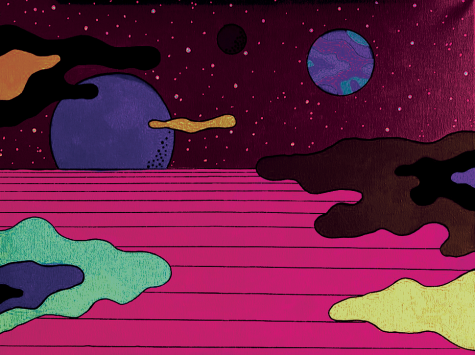
“There are a lot of private firms now going into psychedelic research or just mass producing psychedelics so you have to be careful about who is actually administering them,” said Roarty.
Legalization would reduce the risks of obtaining psychedelics from third-party sources.
However, it would also beg the question of commercializing a once “fringe” counterculture substance.
Santa Barbara County has already experienced a similar effect: the legalization of marijuana and the changes that came from cannabis cultivation turning from a counterculture movement to a booming commercial industry.
“Once you make something easily accessible and take away the stigma, that can open it up which can help for treatment but also for more abuse,” said Roarty.
A major factor that dissuades psychedelic legalization is the possibility of a substance that has medical uses becoming a recreational drug that is easily accessible because it is legal.
“Caffeine is a drug,” said Roarty, “But there are different psychological levels of drugs.”
Psychedelics have a high potential to help society, but if used in the wrong way could create disparaging effects.
“If you just take a psychedelic, it’s not like you will be cured all of the sudden,” said Roarty. “Part of it is that you need to have the psychotherapy as well.”
In a world of increasing technology and research, the drug’s options to treat different ailments are becoming more widely available.
Could psilocybin become the next cutting-edge medicine? Only time and the research that is being conducted will tell.
For now, we must protect the safety of our community by using psychedelics safely and therapeutically, and as Timothy Leary said in 1967, “We need to know what they can do, what they can’t do, and that sometimes they destroy.”



